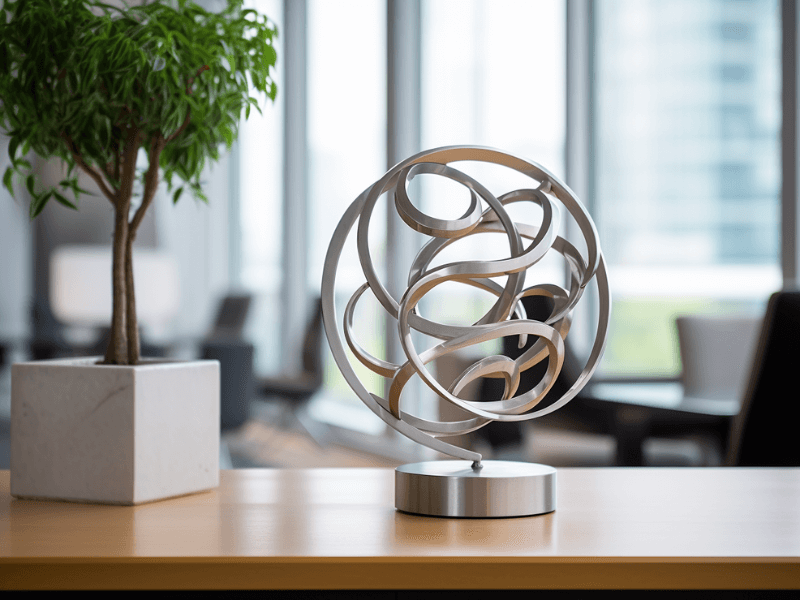Just as two pieces of a puzzle click together, gluing metal to metal can be a satisfying and practical experience. Whether you’re crafting jewelry, fixing a broken artifact, or creating a DIY project, knowing how to bind metal together is a priceless skill to have.
If you’re on the lookout for the best way to get your metal pieces sticking together, you’re in the right place. Read on as we delve into the process of making metal to metal bonding as smooth as possible.
Overview: Navigating the Metallic Bonding Journey
- Gearing up: Pre-gluing essentials
- Gluing galore: Understanding the types of glues suitable for metal-to-metal bonding
- Mastering the metal gluing process: A step-by-step guide
- The Grand Finale: Wrapping up the gluing journey

Gearing Up: What You Need to Know Before Gluing Metal to Metal
Before we leap into the bonding process, it’s important to prepare.
Here’s what you should keep in mind:
- Cleanliness Counts: Make sure the metal surfaces are clean and dry. A little dirt or grease can significantly affect the bond.
- Surface Savvy: It’s best to lightly sand the surfaces for better adhesion.
- Test it Out: Always do a test run on a small, non-visible area before applying glue on the main surfaces.
Gluing Galore: The Right Adhesive for Your Metal Endeavor
Choosing the right glue for your metal bonding needs is crucial. Here are some commonly used glues:
- Epoxy Resin: This glue forms a strong bond and is resistant to water, heat, and chemicals. However, it does take some time to cure and can be messy to work with.
- Cyanoacrylate Adhesive (Super Glue): Known for its fast-drying property, super glue works well for quick fixes. However, it may not be the best for heavier pieces as it doesn’t provide the strongest bond.
- Polyurethane Glue: This glue expands as it dries, filling up any gaps. It’s waterproof and resistant to heat but takes a long time to cure.
Mastering the Metal Gluing Process: A Step-by-Step Guide
Gluing metal to metal can be an easy task if done right. Here’s how:
- Preparation: Clean the surfaces with soap and water, then dry thoroughly. Lightly sand the areas to be glued, and wipe away any dust.
- Application: Apply the chosen glue to one of the metal surfaces. If using epoxy resin, remember to mix the two parts in equal proportions before application.
- Bonding: Carefully align the two pieces and press them together. Some adhesives might require clamping to secure the bond.
- Curing: Allow the glue to cure as per the manufacturer’s instructions. It can range from a few minutes to several hours, depending on the type of glue.
- Finishing Touches: Once the glue has cured, remove any excess with a razor blade or sandpaper, and you’re all set!
Conclusion: Becoming the Master of Metal-to-Metal Bonding
Gluing metal to metal may seem daunting, but with the right knowledge and glue, it can be a breeze. Remember to choose the appropriate adhesive for your specific project and follow the instructions to ensure a strong bond.
So, whether you’re repairing a broken metal object or creating a metallic masterpiece, don’t be afraid to stick to it and achieve the perfect metal-to-metal bond.


